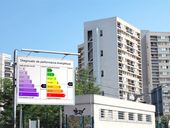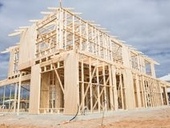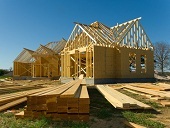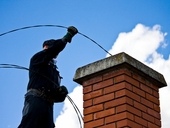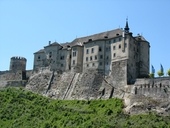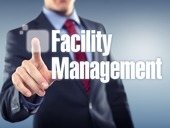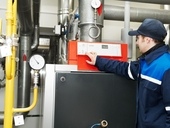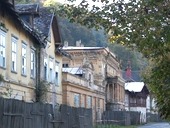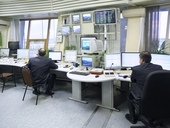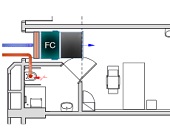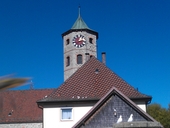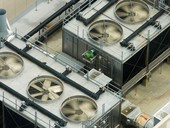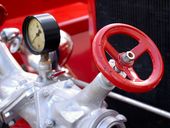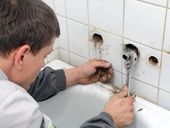This article describes a photovoltaic generator used for water heating and compares it with the well known solar thermal system. Photovoltaic modules can be connected to the load both directly or via a regulator that tracks the maximal power point of the modules. Measurements and simulations in meteorological conditions of Czech Republic were done to set the energy loss for a system without the regulator. It was found that without the regulator the system can deliver maximally 77 % of energy. To achieve high efficiency of the system, maximal power point tracking has to be used.
Newsletter
Přihlaste se k odběru newsletteru a my vám každý týden pošleme přehled toho nejlepšího z TZB-info!
více o newsletteru


